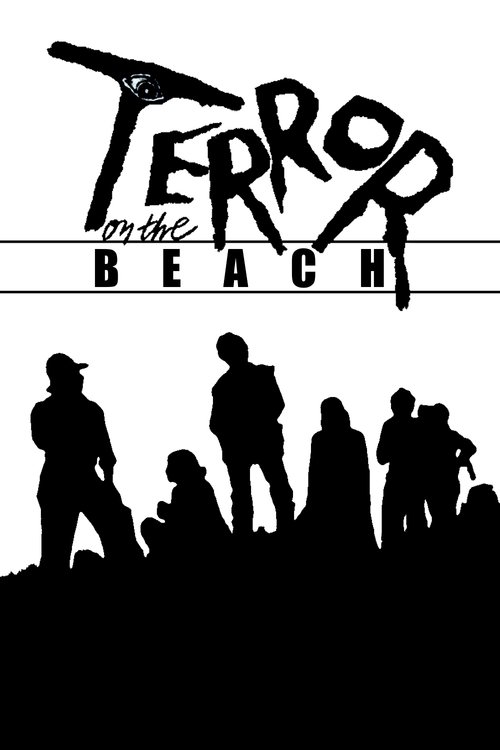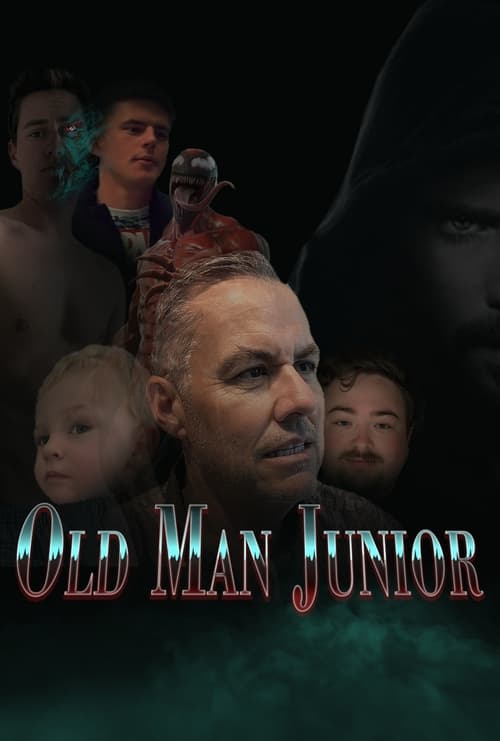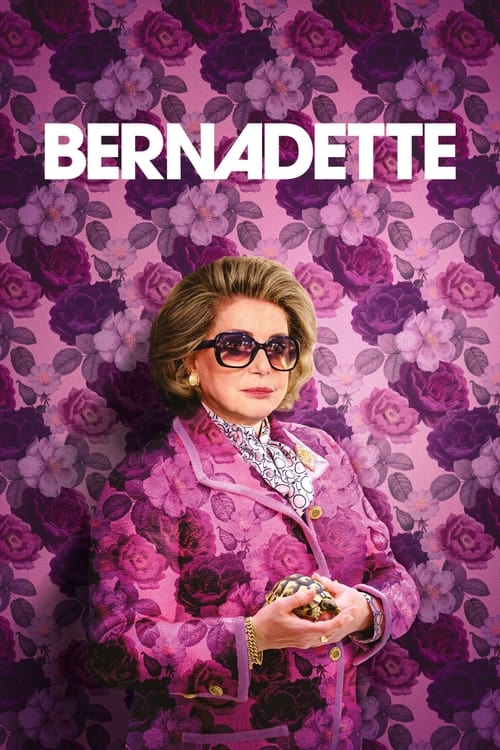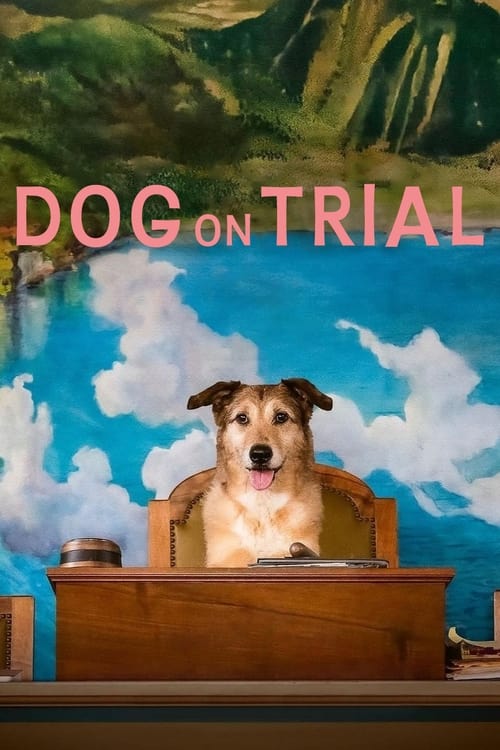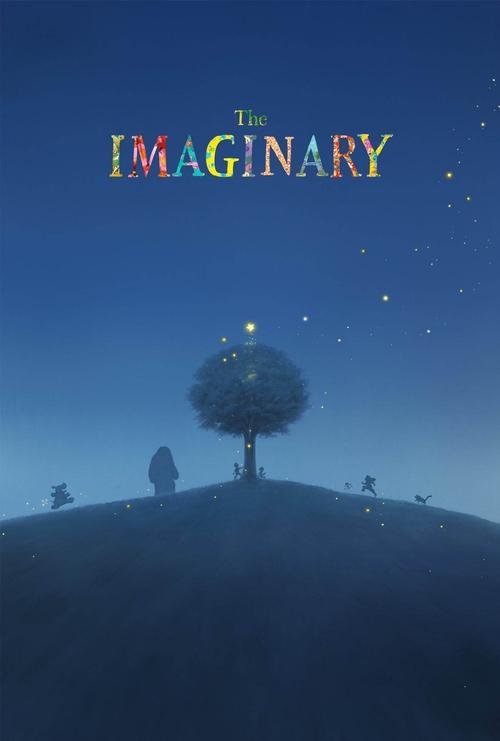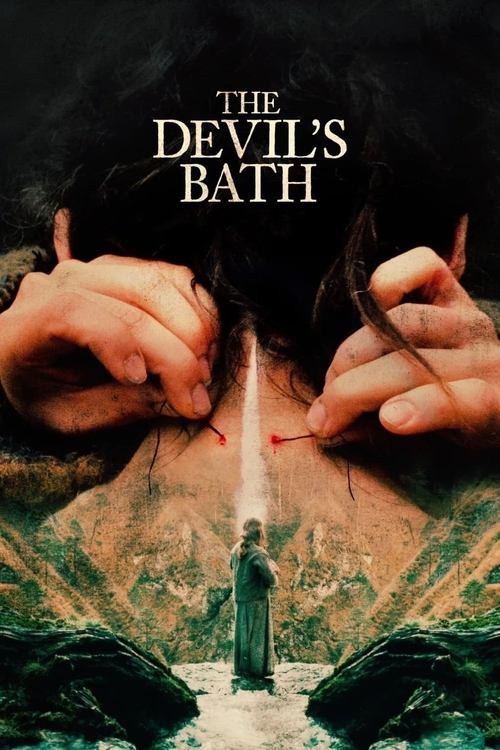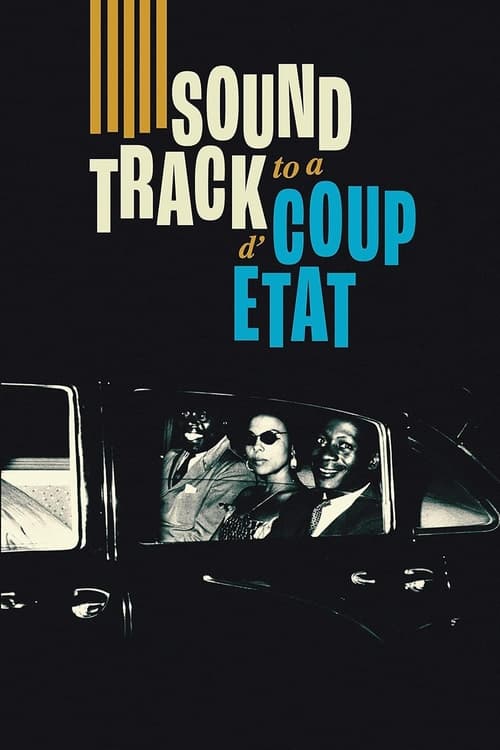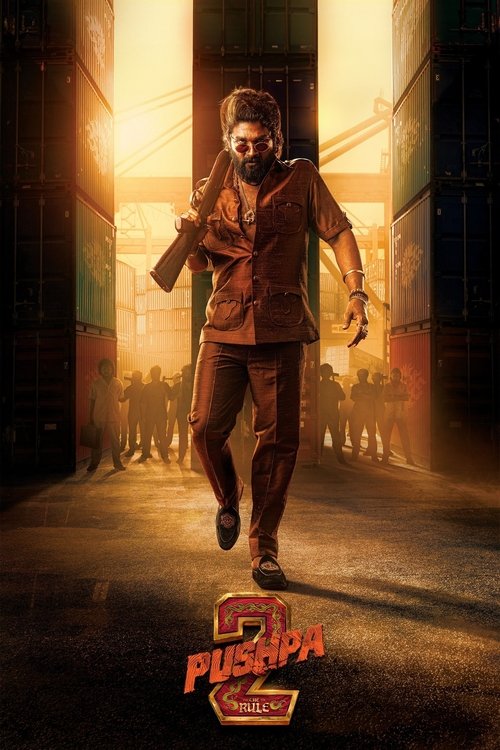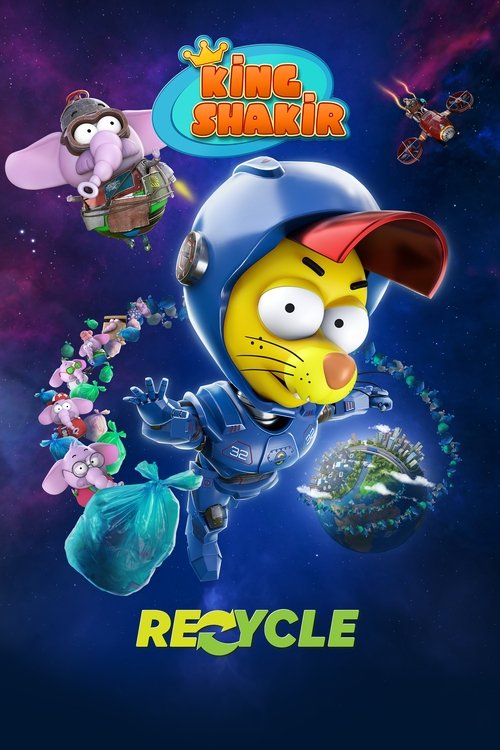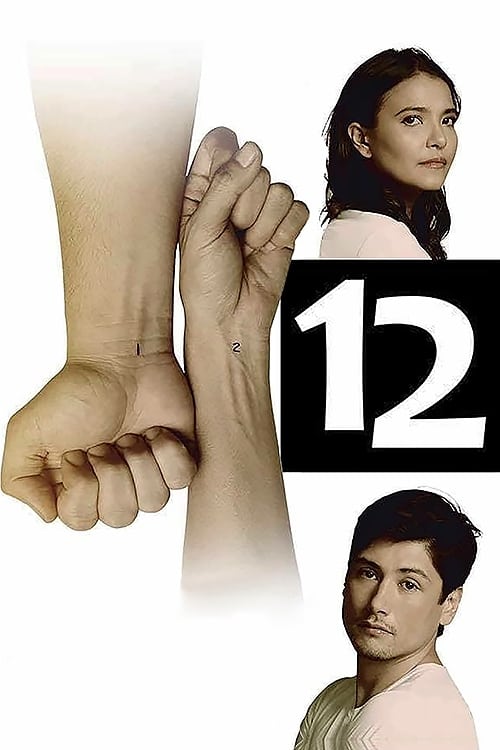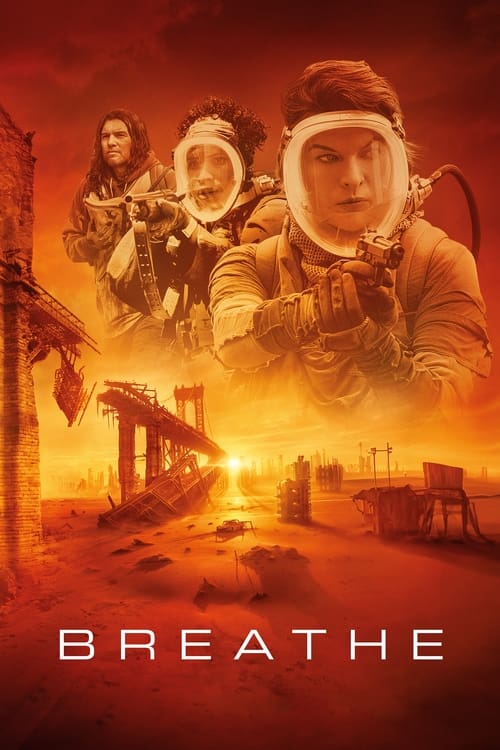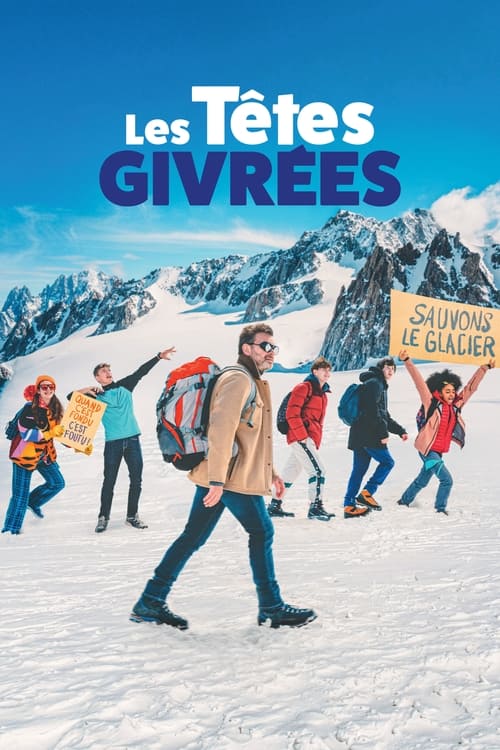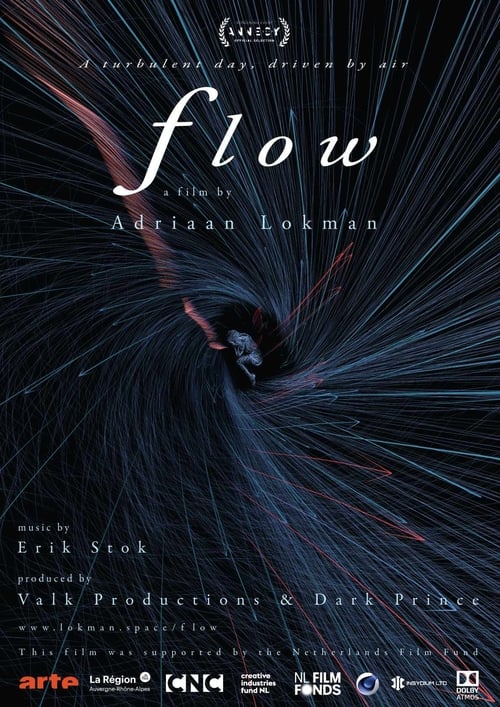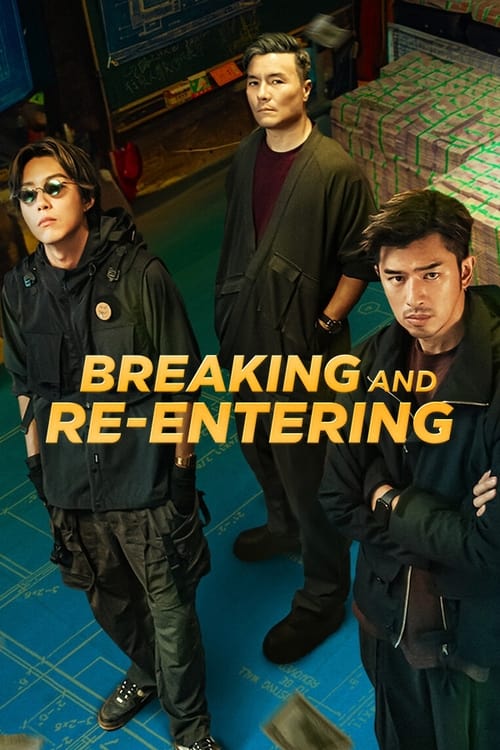Summary
When their campsite is vandalized by troublemakers, a family fights fire with fire.
Cast

Dennis Weaver
Neil Glynn
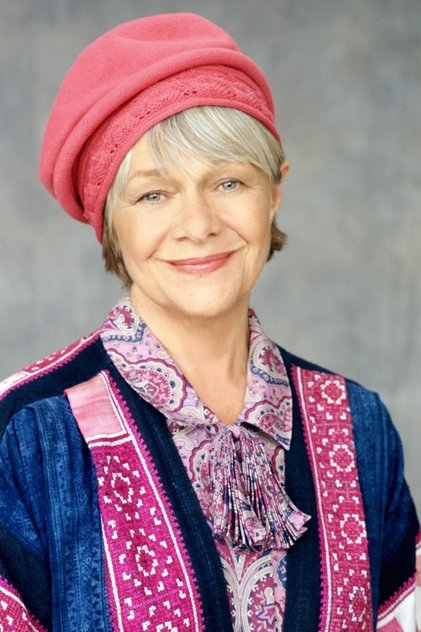
Estelle Parsons
Arlene Glynn
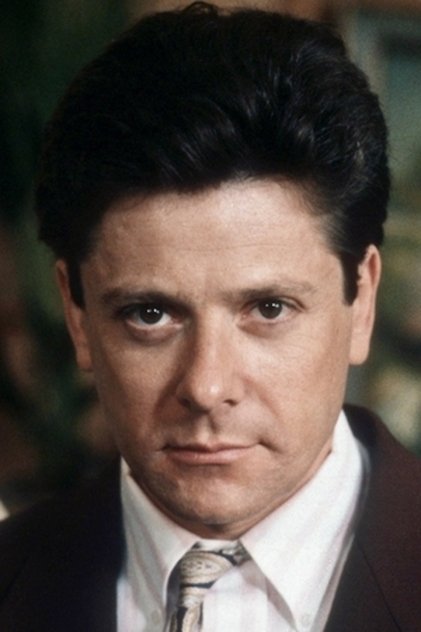
Kristoffer Tabori
Steve Glynn
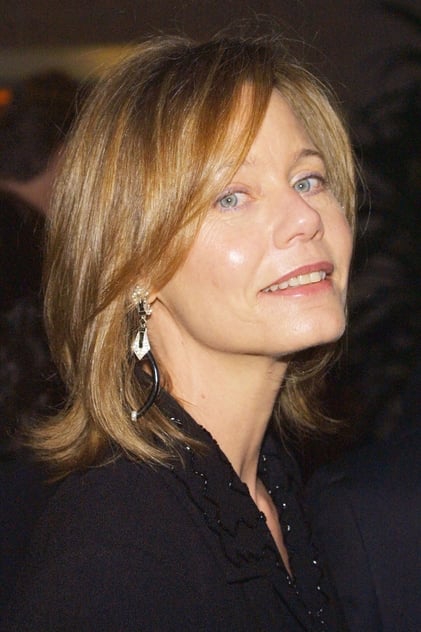
Susan Dey
DeeDee Glynn

Scott Hylands
Jerry
Michael Christian
David
Henry Olek
Frank
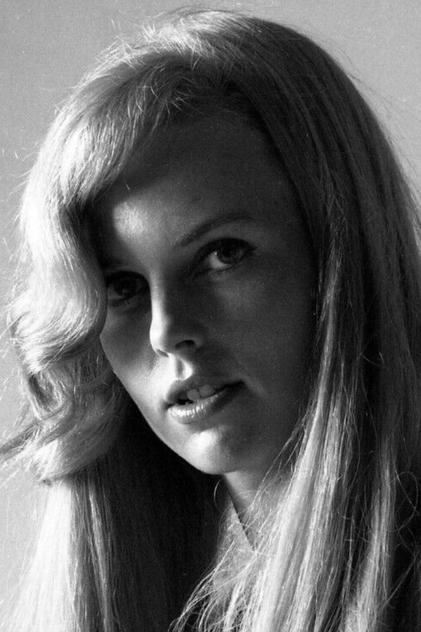
Roberta Collins
Gail
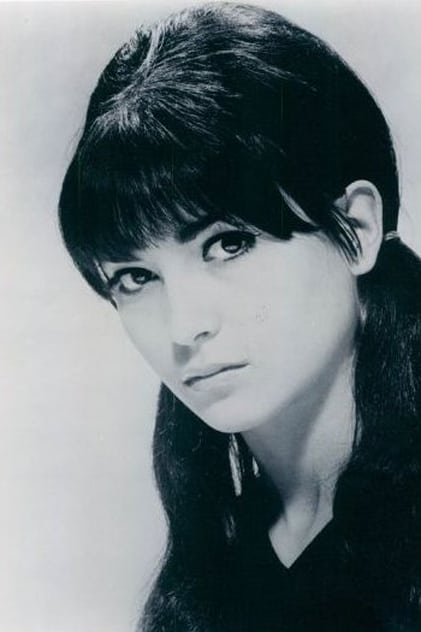
Jacqueline Giroux
Mickey
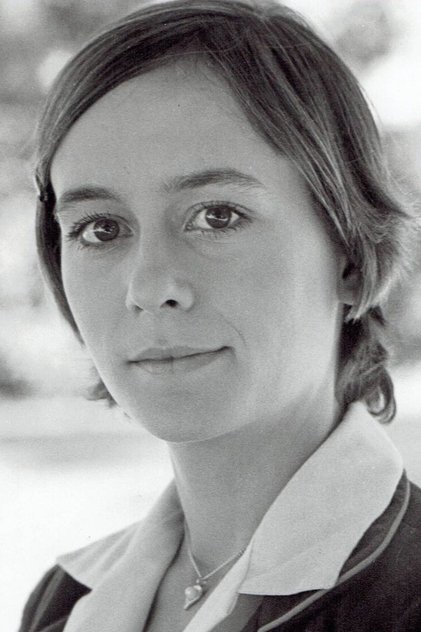
Betsy Slade
Jenny
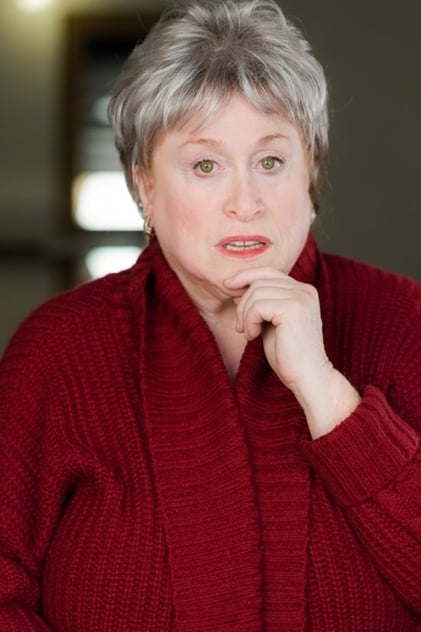
Carole Ita White
Helen
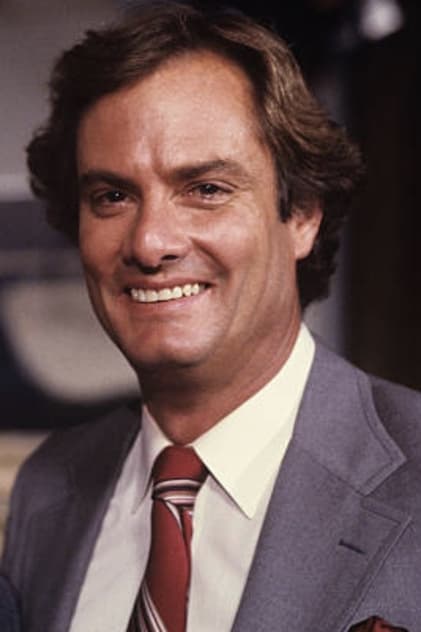
David Knapp
Ranger
Walter Beakel
Fisherman
Crew
Director
Paul Wendkos
Writer
Bill Svanoe
Reviews
Wuchak
July 30, 2018
6
Traditional family vs. hippies-gone-bad on the California coast
RELEASED TO TV IN 1973 and directed by Paul Wendkos, "Terror on the Beach" stars Dennis Weaver & Estelle Parsons as a couple and their two college-age kids (Susan Dey and Kristoffer Tabori) who take a camping trip to a beach a few hours north of Los Angeles where they’re terrorized by a group of hippies (Scott Hylands, Michael Christian, Henry Olek, etc.). Will they make it out?
This movie effectively takes advantage of the subdued paranoia traditional folks developed toward hippies after the Manson murders put the kibosh on the 'peace & love' counter-culture movement. Hippies were never viewed the same after the horrific Tate murders of August 8, 1969. The drug-addled Woodstock took place just days later and it was indeed 'three days of peace & music,' but The Altamont Speedway Free Festival in early December (less than four months later) put the kibosh on the hippies' idealism forever. It's a shame too, as they had a hold of something real underneath their drug-obsessed fog (not that all hippies were druggies, not at all, but it seemed to be the norm).
Despite being a TV production, “Terror on the Beach” is a serious look at the average nuclear family of 1972 (when the picture was shot) pitted against a small group of hippies on the beaches of Central California. The score is cogently eerie and off-kilter and the hippies are portrayed in a questionable light with a mocking, mischievous manner, but not over-the-top.
This is a limited-environment flick, akin to “Prey” (2007) and “Wind Chill” (2007), where the events take place in a fairly one-dimensional setting. The main downside is the stupid reactions of the family in response to the malevolent shenanigans of the hippies. For instance, after the hippies harass the family by yelling out from the dunes at night, they obviously needed to take turns standing guard. But, no, they all just go to sleep. Seriously?
If you can roll with this flaw (which can be defended on the grounds of the family’ naïveté) it’s a worthwhile TV movie similar to the Outlaw biker films that were popular from 1966-1973 and on par or superior to most.
THE MOVIE RUNS 1 hour, 13.5 minutes and was shot at Pismo Beach, a 3-hour drive north of Los Angeles. WRITER: Bill Svanoe.
GRADE: B-/C+
INSIGHTS ***SPOILER ALERT*** (Don’t read further until you see the movie).
It has been criticized that it was unlikely that the other hippies would just stand around watching the fight between the father and the lead hippie at the end. But I found it believable because they were all still young and were disillusioned with the direction their leader, Jerry, was taking them. Frank, the captured hippie, said they were supposed to be an alternative family, but Jerry basically ruined it with his dubious Manson-ish leadership wherein he was increasingly turning the group into thugs to survive without getting a job. Plus, with the possible exception of David, I think they all felt bad about how they were treating an innocent and loving family. This can be observed in Frank after DeeDee (Dey) selflessly tends to his forehead wound.
Media
Status:
Released
Original Language:
English
Budget:
$0.00
Revenue:
$0.00

